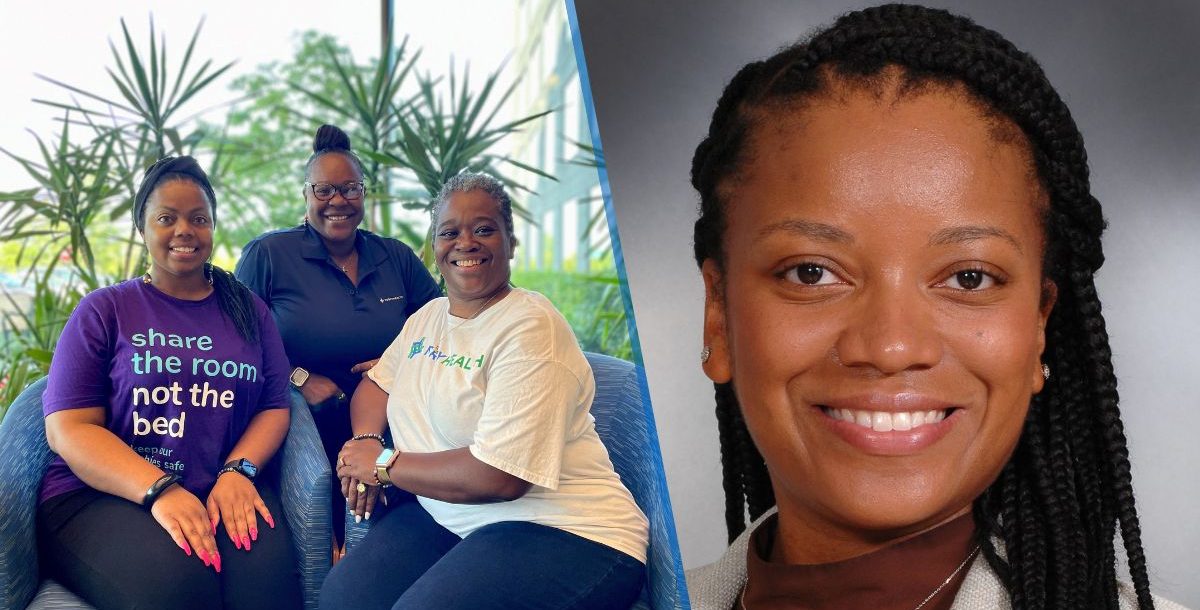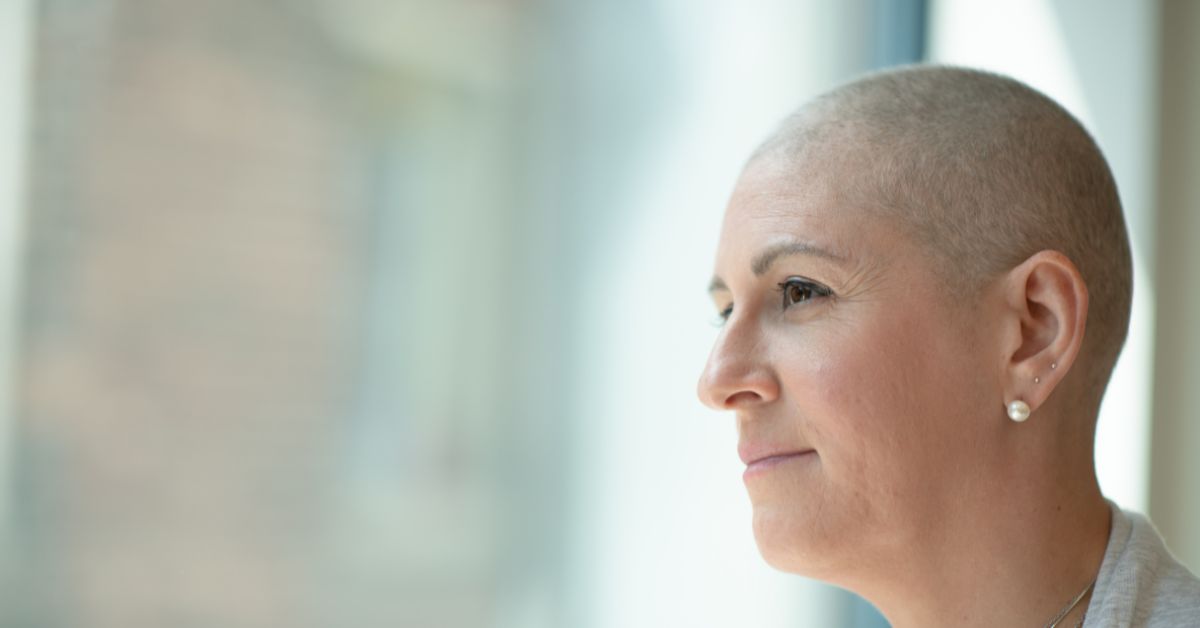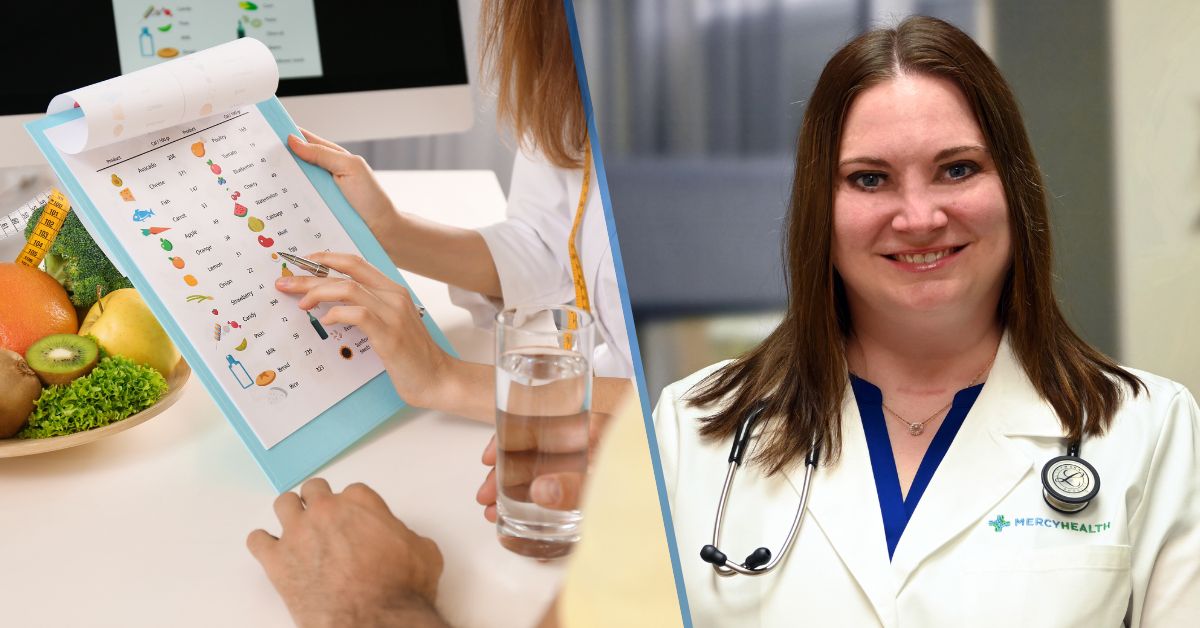At Mercy Health, we are called to care for people, especially the poor and underserved, in our community. It’s a priority that is prominently featured in our Mission. We do this in a number of ways – one of which is through the community services, programs and events we offer.
However, how do we determine what programming to plan and offer? We listen to the voices of those we serve, especially through the community health needs assessment.
What is the community health needs assessment?
We dedicate significant time and effort to planning and executing ways to address the needs of our communities. However, we would not serve the community if we didn’t ask those who comprise it what they needed. One part of this process is the community health needs assessment, or CHNA.
The CHNA is a comprehensive survey for each facility in a market, in which members of the community are asked to identify their greatest health needs. This direct information tells us what we can do to improve the lives of those who live outside our walls and seek health care from our ministry.
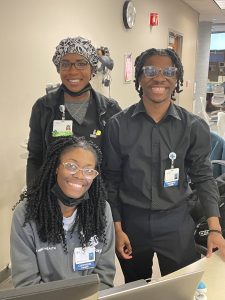
Danielle Pierre Hixon, manager of community health strategy for the Cincinnati market, explains that not only is our approach intended to be comprehensive and inclusive, but that the survey as a whole uses multiple methods to ensure we get a representative sample of our community.
“Our CHNA process can include surveys as well as targeted focus groups and key stakeholder interviews,” she says. “We focus specifically on the voices of marginalized populations and in the inclusion of providers across health and social services.”
It’s this information we get back that helps guide decisions on what programs and services we offer our community.
“We rely heavily on trusted community partners to uplift these voices and provide a holistic view of the community’s needs, helping to identify gaps and resources that might not be immediately apparent,” she says. “These partnerships are crucial and ensure an accurate and inclusive assessment is conducted so that actionable steps and sustainable improvements in community health can be achieved.”
What do we do with CHNA results?
CHNA surveys are taken once every three years. Once those results are collected, they are evaluated through stakeholder meetings to understand what the community is telling us – who is most affected, what the key problems are and what our community is saying about them. Then, we set priorities, make a plan and check our progress – all of which is compiled into a clear, concise report available to the public, Danielle explains.
“By doing all this, we ensure that we’re making the best decisions to improve our community’s health,” she says.
Specifically in the Cincinnati market, this process isn’t an effort undertaken alone by Mercy Health – it’s a regional collaboration between other health systems and health departments. This level of coordination is meant to ensure the full voice of our community is heard.
What programs are a result of the CHNA?
Because the CHNA asks members of the community to weigh in directly on the greatest health needs, we’re able to tailor what we can offer. As a result of the 2022 CHNA report, our most recent, we outlined commitments to address several significant health needs, as well as:
- Access to care
- Food and housing security
- Workforce pipeline diversity and cultural competency
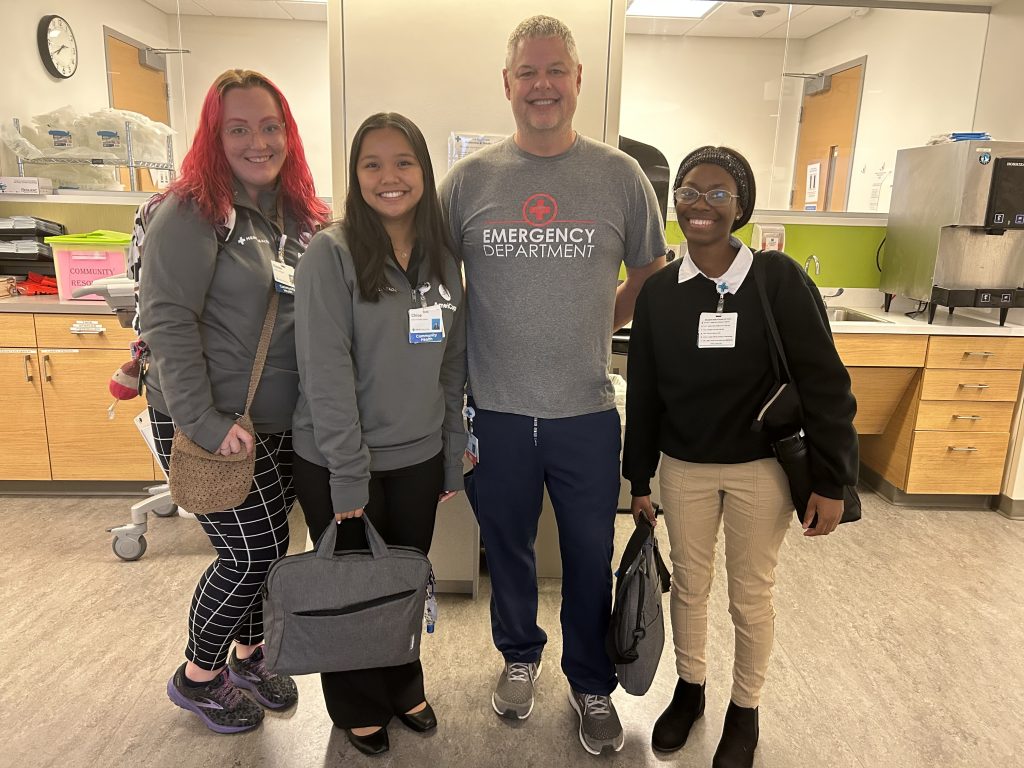
More specifically, we addressed better access to medication for financially strained patients by expanding our partnership with Dispensary of Hope, a charitable medication distributor that provides our pharmacies with reliable access to a selection of vital medications.
“Community feedback is vital in shaping how we offer new or expand current programming, and how funding is prioritized,” Danielle says. “Listening to the voices of community members ensures that resources are allocated where they are most needed and that programs are tailored to address real issues effectively, with strong community support and participation.”
What was the impact?
The expansion of our partnership with Dispensary of Hope included adding new locations at three Mercy Health hospitals in Cincinnati: Anderson, Fairfield and The Jewish Hospital. This means more access for residents in our region and uninsured patients in outpatient facilities.
As a result, 412 patients were able to access more than 1,000 prescriptions, and more than 124,000 medications have been provided at no cost.
What is the outlook for the 2025 CHNA report?
The 2022 CHNA report also named social needs as prioritized health needs – specifically food and housing. While it’s been known for a long time that social circumstances have an impact on health, this was the first time this kind of need was formally highlighted and named a priority by hospital systems in the area.
While this was a landmark update, Danielle says that needs identified in each CHNA often don’t change drastically from one report to the next.
“I hope to understand more deeply and appreciate more specifically how they are present amongst certain populations and places in the next report,” she says. “Partnership is so critical to this work and improving the health of communities – it is exciting to see this level of coordination and alignment.”
Learn about the community health services we offer at Mercy Health.


